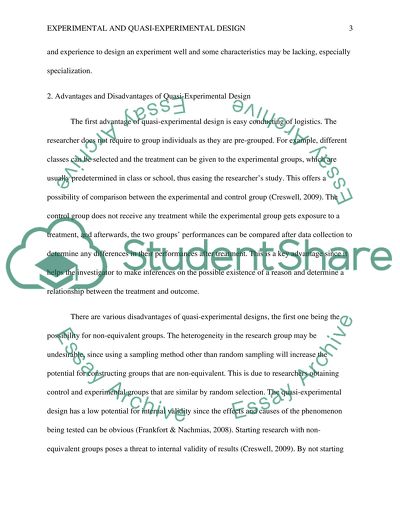Cite this document
(“Experimental and quasi-experimental design Term Paper”, n.d.)
Retrieved from https://studentshare.org/psychology/1465528-experimental-and-quasi-experimental-design
Retrieved from https://studentshare.org/psychology/1465528-experimental-and-quasi-experimental-design
(Experimental and Quasi-Experimental Design Term Paper)
https://studentshare.org/psychology/1465528-experimental-and-quasi-experimental-design.
https://studentshare.org/psychology/1465528-experimental-and-quasi-experimental-design.
“Experimental and Quasi-Experimental Design Term Paper”, n.d. https://studentshare.org/psychology/1465528-experimental-and-quasi-experimental-design.


